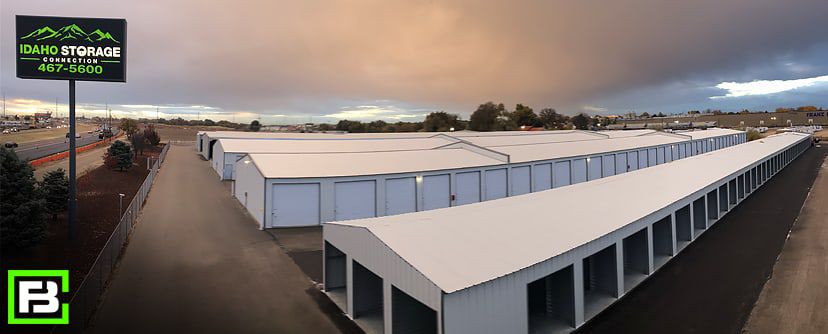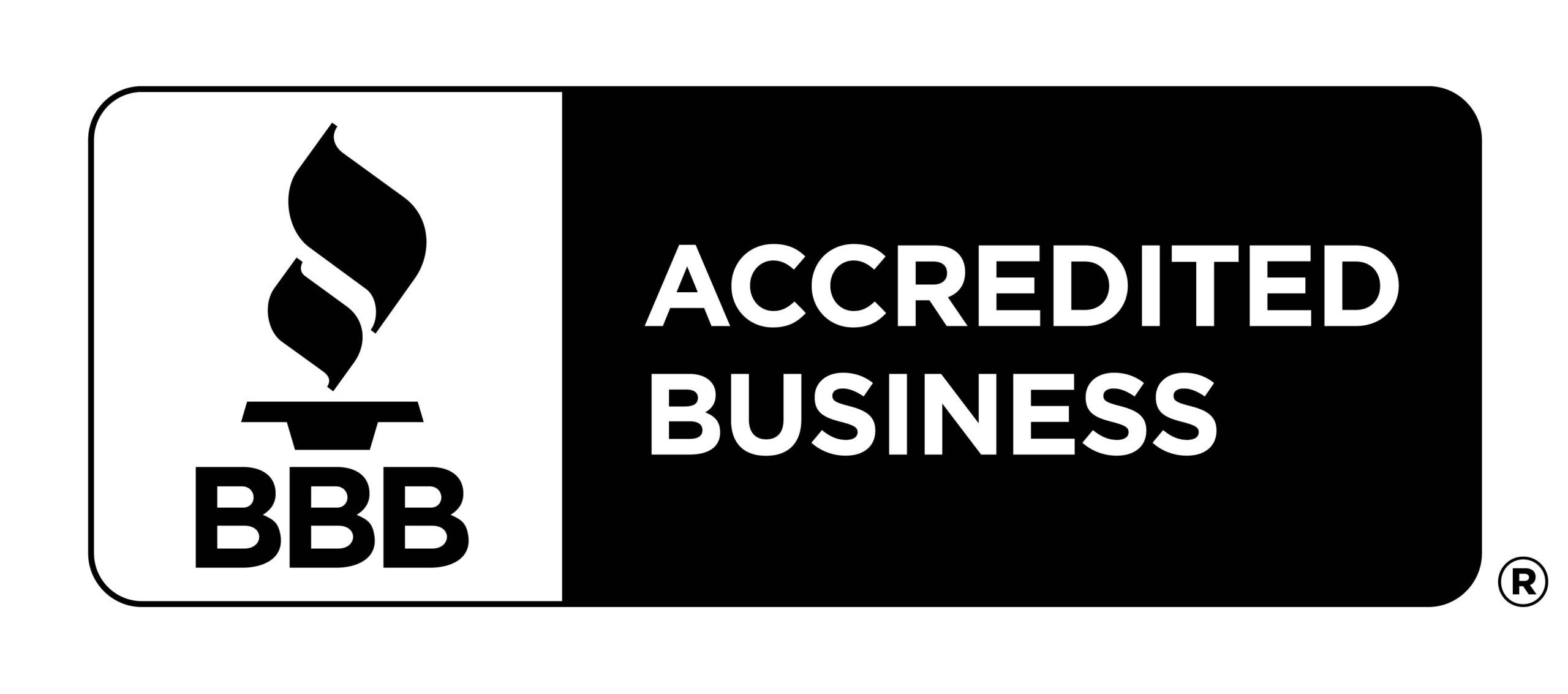Menu

For more than 40 years, the Self Storage market has proven to be one of the sectors with the most rapid growth in the U.S commercial real estate industry. The unprecedented growth of the industry has been attributed to self-storage consumers including renters, homeowners, students, businesses, and transitional populations who are constantly demanding rental storage.1
The COVID-19 pandemic also led multiple business owners to opt for self-storage. Having to work from home for most parts of 2020 drove up the demand for self storage to cut out on rents on spaces. And to confirm this, the July 2022 National Self Storage Report by Yardi Matrix, indicated that demand continues to come from all directions, including the growth in home offices as most companies employ some type of hybrid strategy for knowledge workers, consumer spending on items such as clothing and furniture, and to a lesser degree businesses using storage for distribution purposes.
Solid occupancy enables property managers to push in-place rents, calculating that vacant units can be filled at higher rates. Concerns center around the slowing economy and rising interest rates that have produced a sudden chill on home sales, which produces an even greater demand for self storage.
In addition, there has been a trend of retailers using self storage as a warehouse and a high end bus company renting two buildings to store their buses-non conventional uses.
The global self storage market was valued at USD 48.02 billion in 2020 and is expected to reach a value of USD 64.71 billion by 2026, registering a CAGR of 5.45% over the forecast period, 2021-2026. The growth in this industry is expected to be positive during the forecast period, owing to the trends of increased urbanization and improved economic outlook across the regions.2
So, how do you know if a property is the right one to invest in for a self storage development?
 Market Analysis
Market AnalysisThe first step is to conduct a market analysis. A market analysis looks to see if there is demand in a particular area for self storage, how much of a demand there is, what specifically is there a demand for, and what the current rates are going for. This part of the process is NOT looking at whether the investment will be profitable, but more about what is current state of the market. Conducting a market analysis gives good foundational information that is included in a business plan. It also gives you information on who your client is and what type of storage they want.
This critical first step can reduce risk, identify emerging trends, and help project revenue. You can use a market analysis at several stages of your business, and it can even be beneficial to conduct one every year to keep up to date with any major changes in the market.
One of the first things you will need to analyze is who your targeted clients will be. A target audience is a specific group of people who want and need what you offer. With self storage, your target market will likely be defined by demographics. Is your facility located in a college town where your most likely clients will be young college students looking to store items short-term for the summer? Is it near a military base where active duty military need to store items during deployment. Or is your target audience suburban homeowners looking for climate-controlled storage for their cars or other household items?
Understanding who you are marketing to helps you choose the delivery, location, and tone of your marketing programs. If you’re targeting recently divorced couples in your area or college students, you may want to emphasize competitive rates and easy renting processes. If you’re targeting businesses in need of files storage, you may want to focus on climate control and security at your facility.
Part of any self-storage market analysis involves deciding on your trade area radius, or how much of the area surrounding your business likely contains your target clients. You can look at current leads and tenants to see how close they live to their storage units. You can also use a general rule of thumb. In cities, self-storage clients may live less than one mile from their units (up to three miles). In rural spaces, your trade area radius may be up to 10 miles.3
Once you have a trade area radius, consider the demand for self storage units. You will want to determine demand by evaluating how many units are vacant and how many renters there are in your area. It can be challenging to determine vacancy rates of competitors, so you may need to evaluate the local population size and income levels as well to determine overall possible demand.
On a per-person basis, if the supply is less than the demand, the market is deemed to be under-supplied. If the supply is greater than the demand, the market is deemed to be over-supplied. As a test of reasonableness, a comparison of the conclusion to the average occupancy in the trade area can be made.4
Generally speaking, over-supplied markets have occupancy rates less than 80 percent and under-supplied markets have rates greater than 90 percent. A market with an average occupancy rate between 80 and 90 percent is deemed to be near equilibrium.
Understanding the supply and demand of the trade area is a key component to analyzing and forecasting rental rates
 Who Is Your Ideal Tenant?
Who Is Your Ideal Tenant?Once you have a general sense of the demand, supply, and trade area radius, you might want to consider tenants who may be under-served in your area. People who are moving are not the only ones who need storage units. Other possible leads include:
Once the market analysis is completed, the next and often simultaneous step is to do a feasibility study. A feasibility study can help determine the viability of a project or business venture by identifying the factors that can lead to its success. The study also shows the potential return on investment and any risks to the success of the venture.
A Market Feasibility Study determines the depth and condition of a particular market and its ability to support a particular development. The main objective of a market feasibility study is to understand the market to determine if enough demand exists to make the venture successful.
Conducting a feasibility study is always beneficial to the project as it gives you and other stakeholders a clear picture of the proposed project. It can also reveal many opportunities or pitfalls that may not have been apparent earlier. A feasibility study can help a self storage developer or owner understand the truth about a potential site, investment, and market. With this information in hand, you’ll be ready to plan and develop your project, mitigate known risks, or move on to the next opportunity.
A full Self Storage Feasibility Study also looks in depth at financial projections, marketing plans, unit mix, and many other factors.
The most important part of a feasibility study is the economics. Economics is the reason most projects are undertaken. This study should help you decide whether your self storage facility will produce enough revenue to generate a profit after taking care of debt and operating expenses.
Overall, this study will enable you to figure out who the clients within a one- to five-mile radius of the facility will be. Typically, a market for a self-storage facility encompasses a three- to five-mile radius, so your demand analysis should focus on this area.
Elements of a self storage feasibility study normally include business and demographic information such as:5

So, is spending the time and money to do a market analysis and feasibility study worth the investment? In our opinion, absolutely. A self storage analysis will help any owner or investor know what to expect in the future from existing or new projects. A self storage feasibility report is an important document that can help the stakeholders meet benchmarks and milestones as the project progresses.
A self storage market report can help an investor understand the local market and make an informed decision about buying or building. While a well-made self storage feasibility study will lay out the roadblocks to success and the likely paths to success, so investors can have a full picture of the range of outcomes.
Given this information, these two things are a definite necessity when determining whether or not to invest in the self storage industry, even if it means using a third party professional. A good Self Storage Advisor is totally worth the investment if they help you identify the best deals and steer you away from the ones to avoid.
Works Cited
1. InvestmentBank.com. (n.d.). Retrieved from Investment Bank: https://investmentbank.com/self-storage-real-estate-market/#:~:text=A%20sub-sector%20of%20the%20commercial%20real%20estate%20market%2C,growth%20in%20the%20U.S%20commercial%20real%20estate%20industry.
2. MordorIntelligence.com. (n.d.). Retrieved from Mordor Intellligence: https://www.mordorintelligence.com/industry-reports/self-storage-market
3. Scheib, K. (2021, 8 23). Investment Real Estate, LLC. Retrieved from irellc.com: https://irellc.com/resource/choosing-self-storage-target-market/
4. Spencer, K. (2019, May 2). Radius Plus. Retrieved from Radiusplus.com: https://www.radiusplus.com/post/how-to-conduct-a-self-storage-market-analysis/
5. Egan, J. (2021, August 23). Storable. Retrieved from Storable.com: https://www.storable.com/resources/learn/self-storage-feasibility-study/
